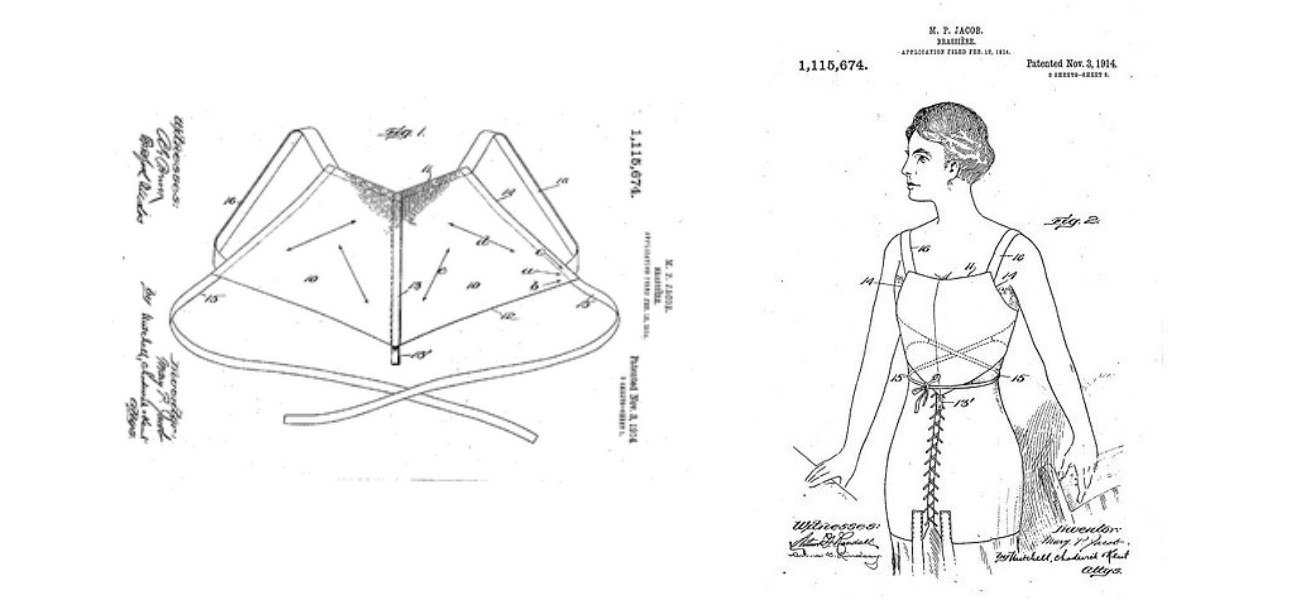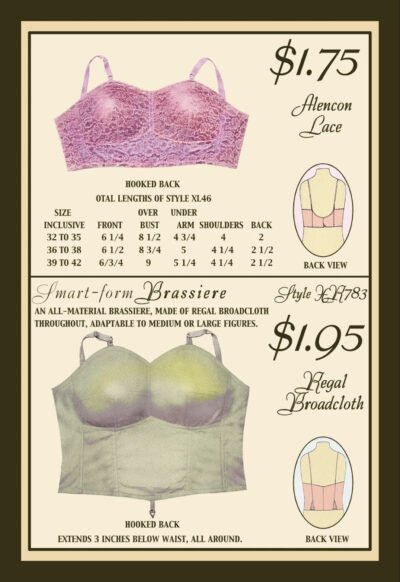- May 23, 2025

How the First Bra Was Created: A Story That Changed Women's Fashion
In 1913, Mary Phelps Jacob sewed together two handkerchiefs — and changed women’s fashion forever. This is the inspiring story of how the first bra was born, not from trends, but from the need to breathe and feel free
Nowadays, a woman’s bra is practically a wardrobe need. Its appearance, however, was the product of a daring, sensible, and intuitive deed by a single lady who only wished to feel more liberated, not a fashion fad.
This is the tale of Mary Phelps Jacob, who revolutionized the lingerie industry for women.
How It All Began: An Evening Gown and an Uncomfortable Corset
It was 1913. Mary Phelps Jacob, a young American woman from an affluent family in New York, was getting ready for another high-society event. She chose a fashionable dress made of thin fabric — light, airy, with bare shoulders.
But wearing it over a traditional corset turned out to be a problem.
In addition to being stiff and tight, the corset made breathing difficult and its boning protruded through the cloth, distorting the form.
Mary recognized as she stood in front of the mirror that what was underneath the dress, not the garment itself, was ruining her appearance.
An Improvisation That Became an Invention
Mary, unable to bear the pain, requested that her maid bring her a needle with thread, some ribbon and two silk handkerchiefs. Together, they sewed these basic elements into a lightweight, flexible construction:
- Everything was soft, cozy, and nearly undetectable on the body;
- two triangles constructed out of the handkerchiefs served as the cups;
- ribbons wrapped around the torso and over the shoulders.
This led to the creation of the first bra in history, which supported the body’s natural shape without the need for compression or boning.
First Test: The Ball and the “Wow” Effect
Mary looked stunning as she donned the new structure underneath her evening gown. She breathed freely and with elegance.
Her companions were unable to look away from her during the event, asking, “What are you wearing under your dress?”
The women wanted her to create them the same type of underwear right away once they were impressed.
Mary realized: she had created something truly new. Not just a comfortable thing — but a potentially mass-market product that women had long needed but didn’t yet know existed.
Alencon Lace and Regal Broadcloth Brassieres Ad, 1937Buyenlarge/Getty Images

Patent: The Birth of the “Backless Brassiere”
Mary took out papers. Draw the layout. Describe everything in its truest form. She also submitted a patent application to the USPTO in 1914. “Backless Brassiere” was the name of her creation.
She didn’t create an empire in fashion. Millions were not in her dreams. She just created it for herself, but it turned out that everyone else needed it as well.
Commercial Development: A Loss of Millions?
Mary didn’t want to make the innovation a business, even with the success and patent. She paid $1,500 to the Warner Brothers Corset Company in the 1920s for the rights to the bra.
Ironically, during the following 30 years, this corporation made almost $15 million from this patent.
Despite not becoming an entrepreneur, Mary’s name will live on in fashion history as the creator who liberated women.
She Didn’t Sew a Bra. She Sewed Freedom.
That moment, when a girl made a new kind of support using a needle and two handkerchiefs, came to represent the start of a new age.
That first bra had no lace.
No push-up.
No brand or label.
But it had something more important — choice.
The history of women’s underwear took a completely different turn after that.
